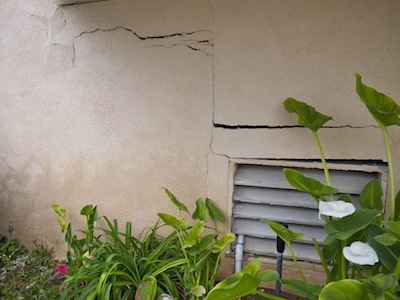 “SoCal Connected” has dedicated a segment of their news magazine to the controversial fracking techniques used in the Baldwin Oil Fields.
“SoCal Connected” has dedicated a segment of their news magazine to the controversial fracking techniques used in the Baldwin Oil Fields.
In the episode that aired on Friday, March 23, homeowners tell the reporter that the nearby oil operations are destroying their property.
Here’s the segment:









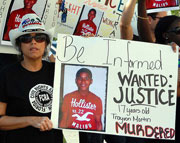 It’s been more than a month since Trayvon Martin was shot dead while walking home from school in Sanford, Florida, one hour outside Tampa. His shooter, Geroge Zimmerman, claims he was acting in self-defense and was forced to shoot down Martin after being attacked.
It’s been more than a month since Trayvon Martin was shot dead while walking home from school in Sanford, Florida, one hour outside Tampa. His shooter, Geroge Zimmerman, claims he was acting in self-defense and was forced to shoot down Martin after being attacked.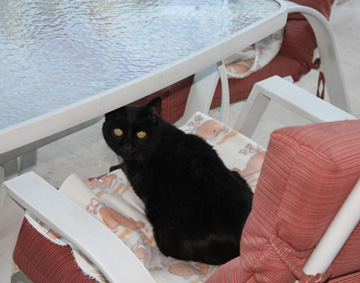 South Los Angeles resident Dina Cabrera feeds salmon to stray cats that wander into her backyard. But don’t worry; she caters to all animals.
South Los Angeles resident Dina Cabrera feeds salmon to stray cats that wander into her backyard. But don’t worry; she caters to all animals.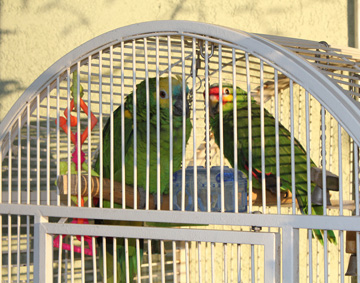 Cabrera has opened her home to stray animals to combat the rising rate of pet overpopulation in the city of Los Angeles. LA County Animal Control Officer C. Green has been rounding up stray animals in South LA for over 13 years. He says pet overpopulation is out of control because many pet owners fail to spay and neuter their animals.
Cabrera has opened her home to stray animals to combat the rising rate of pet overpopulation in the city of Los Angeles. LA County Animal Control Officer C. Green has been rounding up stray animals in South LA for over 13 years. He says pet overpopulation is out of control because many pet owners fail to spay and neuter their animals. In the city of Los Angeles, pet owners are only legally allowed to house three animals. But according to Green, many South LA residents have several dogs to combat crime.
In the city of Los Angeles, pet owners are only legally allowed to house three animals. But according to Green, many South LA residents have several dogs to combat crime.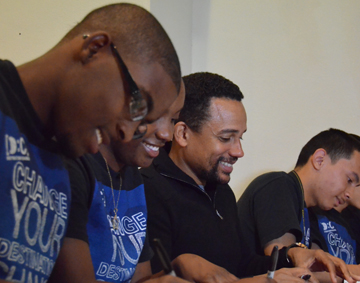 Students at Crenshaw High School in South Los Angeles unveiled a book Wednesday that they wrote about their year-long effort to visit the White House.
Students at Crenshaw High School in South Los Angeles unveiled a book Wednesday that they wrote about their year-long effort to visit the White House. Summer may still be a few months away, but plans are already underway to continue a free concert series in Baldwin Hills, part of an ongoing effort to nurture community redevelopment in the area.
Summer may still be a few months away, but plans are already underway to continue a free concert series in Baldwin Hills, part of an ongoing effort to nurture community redevelopment in the area.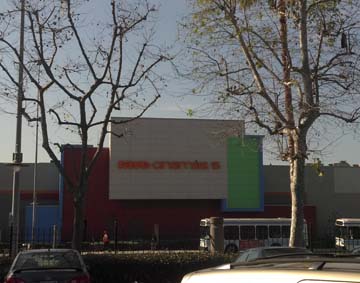 Mills was the favorite of Robert Cole, President of the Baldwin Hills Estates Homeowner Association, who attended three of the series’ four concerts last summer.
Mills was the favorite of Robert Cole, President of the Baldwin Hills Estates Homeowner Association, who attended three of the series’ four concerts last summer. 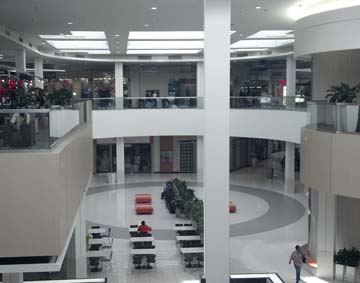 The concert series aims to showcase the renovations and changes going on at the plaza to the community, as well as provide entertainment and bring the community together.
The concert series aims to showcase the renovations and changes going on at the plaza to the community, as well as provide entertainment and bring the community together.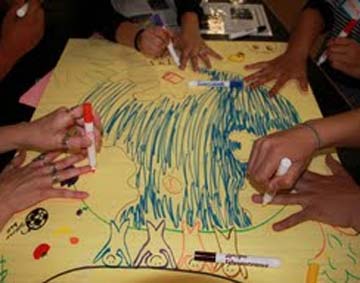
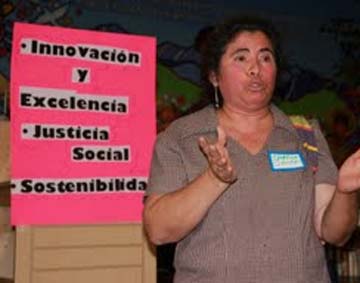
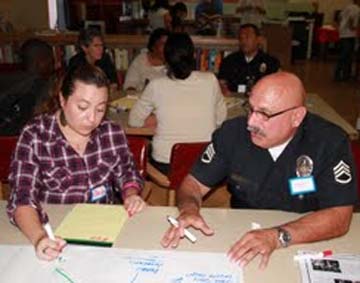
 Johnny’s Pastrami on West Adams Boulevard has been described as a hole in the wall, scary and a “hood” landmark. If you search for it on Yelp, you’ll see a few meager stars and a whole lotta five stars. Whatever you think about the pastrami sandwiches at this South LA stop, there is no denying it’s a neighborhood fixture. Reporter Nick Edmonds paid a visit to see how the half-century eatery is faring.
Johnny’s Pastrami on West Adams Boulevard has been described as a hole in the wall, scary and a “hood” landmark. If you search for it on Yelp, you’ll see a few meager stars and a whole lotta five stars. Whatever you think about the pastrami sandwiches at this South LA stop, there is no denying it’s a neighborhood fixture. Reporter Nick Edmonds paid a visit to see how the half-century eatery is faring.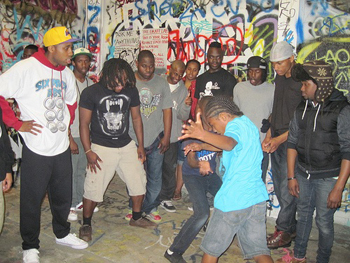 Kruti Parekh’s words may shock you.
Kruti Parekh’s words may shock you.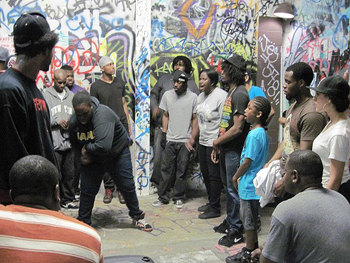 “We had made a committment that we would have the center open to other folks and organizations that were interested in doing good work, helping young people, helping the community” she says.
“We had made a committment that we would have the center open to other folks and organizations that were interested in doing good work, helping young people, helping the community” she says.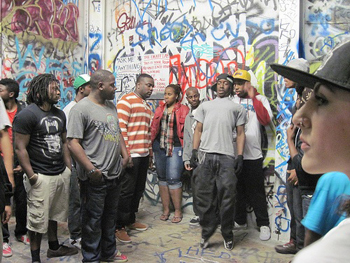 “Somewhere in June. I think it was June 20,” he says. “I remember the day because I want to remember that day for as long as I live. I saw the krump video and it was a piece of me that I felt I didn’t have or didn’t even know I was missing.”
“Somewhere in June. I think it was June 20,” he says. “I remember the day because I want to remember that day for as long as I live. I saw the krump video and it was a piece of me that I felt I didn’t have or didn’t even know I was missing.”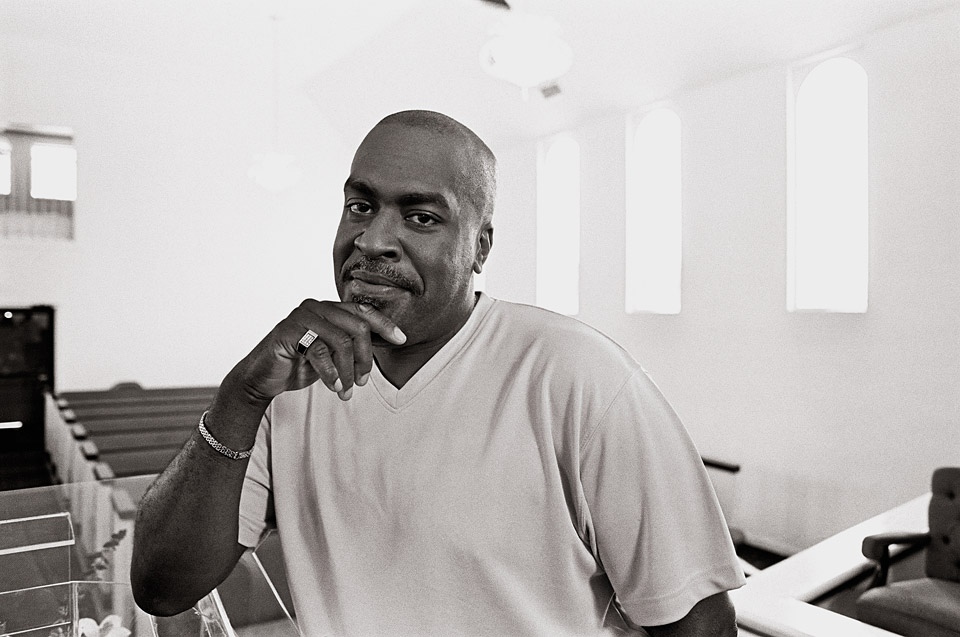 Rev. Eugene Williams, 1960 – 2012.
Rev. Eugene Williams, 1960 – 2012.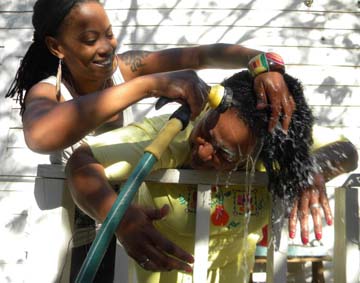 “When your hair is relaxed white people are relaxed, when your hair is nappy white people aren’t happy.”
“When your hair is relaxed white people are relaxed, when your hair is nappy white people aren’t happy.”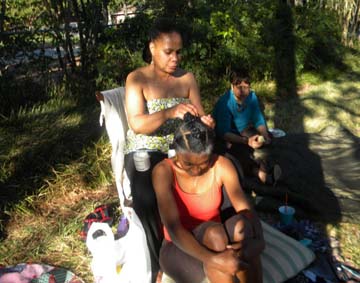 The process of putting in the extensions, also known as tracks, can take four to six hours depending on the style and can cost women $200. Due to the hefty costs, health risks of these styles, and changing preferences of black women, the natural hair movement has gained momentum both online and on television.
The process of putting in the extensions, also known as tracks, can take four to six hours depending on the style and can cost women $200. Due to the hefty costs, health risks of these styles, and changing preferences of black women, the natural hair movement has gained momentum both online and on television.  “I have watched you young-uns accept your hair and yourselves and you gave me the courage and the product knowledge to take the leap to be completely authentic,” Coles wrote on black beauty site Afrobella.
“I have watched you young-uns accept your hair and yourselves and you gave me the courage and the product knowledge to take the leap to be completely authentic,” Coles wrote on black beauty site Afrobella. 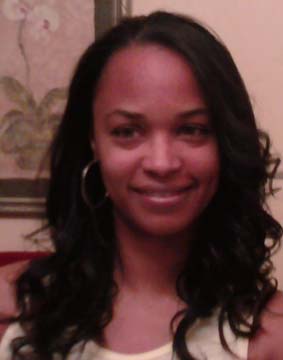 Jones and other natural hair advocates argue that going natural is a healthier lifestyle choice due to the harmful chemicals in relaxers. However, beautician Brandy Brown said that after styling hair for the past 21 years, she has seen otherwise.
Jones and other natural hair advocates argue that going natural is a healthier lifestyle choice due to the harmful chemicals in relaxers. However, beautician Brandy Brown said that after styling hair for the past 21 years, she has seen otherwise. 




